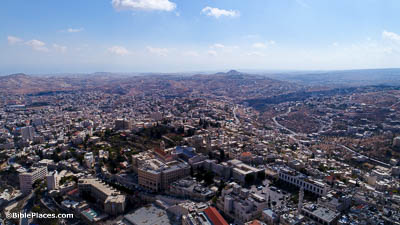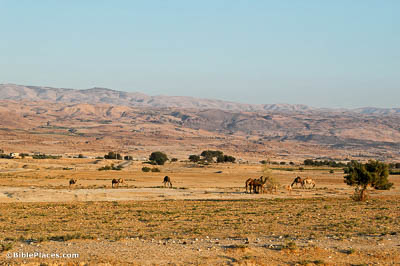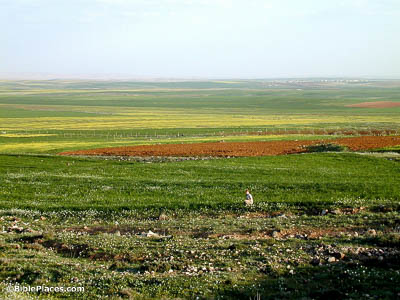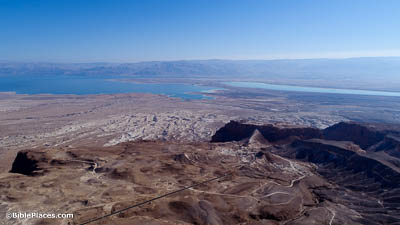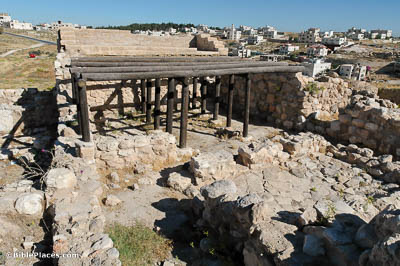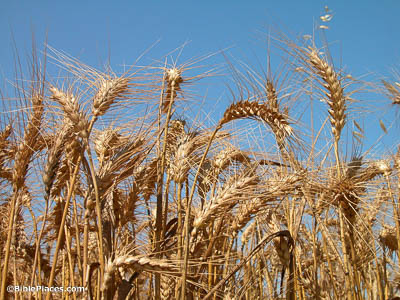A certain man from Bethlehem of Judah went to sojourn in the land of Moab (Ruth 1:1).
Bethlehem lies in the northern hill country of Judah. In the days of Ruth it was little more than an agricultural village, having no great significance or renown. Since then, however, it has seen a lot of growth and modernization, making it harder to imagine the town that Ruth and Naomi knew.
